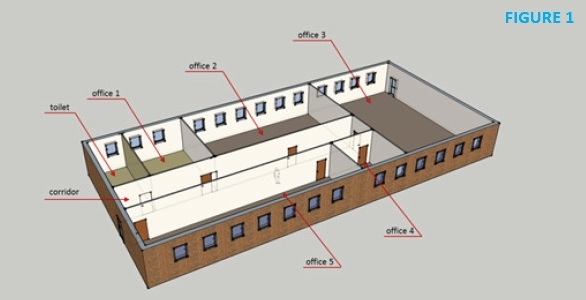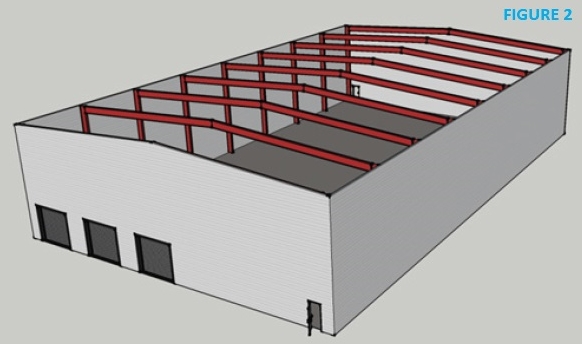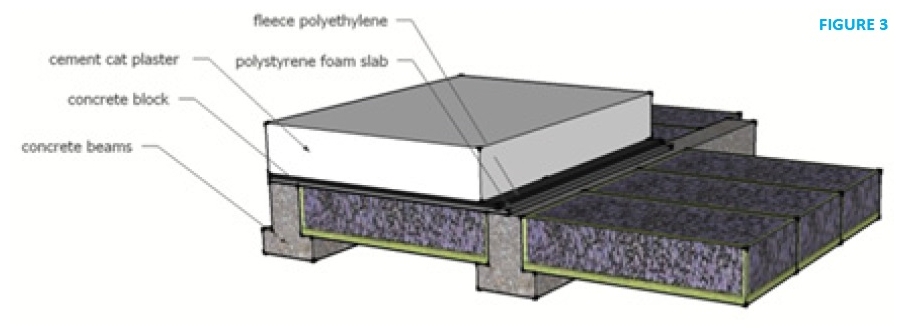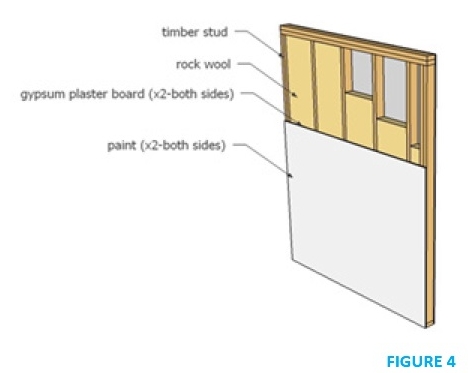Utilising life cycle costing and life cycle assessment
Contents |
[edit] Introduction
In the backdrop of more austere times and a strengthening green agenda in the construction industry, clients are requesting more economic and environmental information on which to base their business decisions. This includes a fundamental shift towards long-term thinking, capturing through life cost and impacts of a product, a system or entire building. Research into new materials holds the promise of new products that deliver both economic and environmental benefits.
[edit] The difference between Life Cycle Costing and Life Cycle Assessment
Life cycle costing (LCC) in accordance with BS ISO 15686 provides a methodology for the systematic economic evaluation of combined capital, operating and end-of-life costs of construction project alternatives, to ensure long-term value for project funds. Assessments involve identifying activities during the life cycle, when the activity occurs and associated cost or benefit information for the activity.
Taking an air handling unit (AHU) as an example, activities are broadly split between one-off activities and recurring activities. Typical one-off activities include installation of the air handling unit at the beginning of the study period and replacement of the equipment when it reaches the end of its life. Recurring activities include annual maintenance and supply of electricity to run the unit.
It is important that the alternative solutions being assessed provide the same functionality; in regards to the air handling unit example an alternative solution would have to provide the same amount of air in the same condition (temperature, humidity, etc) as the AHU. For comparison of alternatives, costs are commonly expressed as net present values. This entails translating future costs and benefits to their equivalent present values by applying an appropriate discount rate. The net present values of all activities are then added to give the overall life cycle cost for each solution.
Life cycle assessment (LCA) in accordance with ISO 14040 defines a methodology for compiling and evaluating the environmental impacts of a product system throughout its life cycle. The standard is not specific to the construction industry, but the principals can be applied for products, building systems and complete buildings, capturing environmental impacts associated with manufacturing, use and disposal.
Similar to life cycle costing, the assessment can be used as a comparative tool indicating relative environmental impacts of alternatives with a common function. In life cycle assessment the common function is referred to as the functional unit; which typically includes some form of performance specification and a time element, such as a cooling system that delivers 200,000kWh of cooling annually to an office with a 25kW peak load. Once the functional unit is defined, accumulation of environmental impacts is required for the inputs, output and emissions associated with the product system assessed with actual quantities to provide the functional unit.
[edit] Innovative product evaluation using LCC and LCA
LCC and LCA assessment methodologies are to be utilised as part of EC-funded “NANOPIGMY” project, which will research and produce new cost-efficient, multi-functional ceramic pigments with additional functionalities beyond colour for the materials of plastic, paint and concrete. The goal is to evaluate economic and environmental impacts in scenarios which compare the innovative pigments with conventional alternatives.
The additional functionality of the pigments to be studied provides thermal storage, self-cleaning, self-healing and antibacterial capabilities. These should then translate into reduced energy costs and cleaning costs, and increased life expectancy, all of which should have economic and environmental benefits.
To allow assessment of the additional functionality of the pigments compared against conventional products, and satisfy the need for common functionality between alternatives, two notional base case buildings were created for the project. The building types are a conventional office building and warehouse, to which the innovative pigments can be applied in new formulations of internal paint, external paint, external render and polymer board.
For the life cycle analysis, these buildings were used to define the functional unit: a building (office or warehouse) including the production, use and disposal of its element over a 100 year period. A 100 year time period is commonly used for environmental studies, and is mirrored as a study period for the life cycle costing assessment.
For a comprehensive assessment it is critical to define all the elements and quantities that constitute the building. In the case of the office building, this included external wall, internal wall ground floor, roof, windows, external doors, internal doors, windows and cooling and heating services. Details of the office floor and internal wall can be seen in Figure 3 and 4.
To accommodate the assessment of the addition function of thermal storage, both heating and cooling systems were added to the buildings for analysis, as there is the potential to reduce mechanical equipment capacities with the application of the thermal storage pigment.
Both buildings were modelled in Integrated Environmental Solutions (IES) software to define heating and cooling requirements, to size equipment. This aspect is important, for while the innovative pigment may turn out to be more expensive and more environmentally damaging to manufacture, this is expected to be outweighed by the operating cost and environmental benefits of its improved functionality.
Whilst the life cycle assessment focus is on the environmental impact of production, use and disposal of the buildings, the life cycle costing assessment centres around cost of construction, operation and maintenance over the study period. A category of cost that is not included in the life cycle costing assessment is end of life costs, as cost associated with disposal and demolition between the alternatives would be similar, and thus a common element in the assessment which can be omitted for purposes of the study.
Now the base models for the office and warehouse are complete, we can move forward and quantify the environmental and economic impacts of the innovative pigments, with outcomes to be published in future articles.
This article originally appeared in the February 2014 edition of BSRIA’s Delta T magazine. It was written by Peter Tse, Senior Design Consultant, BSRIA Sustainable Buildings Group. It has been posted here by --BSRIA 10:35, 8 December 2014 (UTC)
[edit] Related articles on Designing Buildings Wiki
- BREEAM Life cycle cost and service life planning.
- BREEAM Life cycle impacts.
- Carbon footprint.
- Component level life cycle cost options appraisal.
- Cradle-to-grave.
- Design economics.
- Design life.
- Elemental life cycle cost plan.
- Embodied energy.
- Integrated Material Profile and Costing Tool.
- Is hydrogen the heating fuel of the future?
- Life cycle.
- Life cycle assessment.
- Life Cycle Costing BG67 2016.
- Life cycle inventory.
- One Click LCA.
- The Carbon Project: improving carbon emission data.
- Total cost of ownership.
- Whole life costs.
- Whole-life value.
About the wiki
Anyone is welcome to use and contribute to the wiki in different ways.
[edit] Engaging with the wiki
You can:
- Contribute to existing articles
- Create articles
- Share articles through social media and other channels
- Contact the CIRCuIT project to let us know what you think and how we can improve
[edit] Add your own content
To contribute to or create an article, you can follow these steps:
- Register as a user
- Read through the editorial policy and guidance on writing and contributing to articles
- See the detailed help page on tips on writing wiki articles
- Try editing a test article
- If editing an article, select 'Edit this article' underneath the article title
- If creating a new article, select 'Create an article'. In the 'Select categories' area, expand the 'Industry context' list and tag 'Circular economy' to add your article to this wiki
[edit] Who is this wiki for?
The articles contain information on implementing circular economy approaches in construction that could be relevant to:
- Architects
- Construction contractors
- Designers
- Developers, owners, investors
- Engineers
- Landowners
- Manufacturers and supplier
- Universities and research
- Urban planners
[edit] About CIRCuIT
The Circular Economy wiki is supported by the Circular Construction in Regenerative Cities (CIRCuIT) project, which is funded by the European Union's Horizon 2020 research and innovation programme. CIRCuIT is a collaborative project involving 31 ambitious partners across the entire built environment chain in Copenhagen, Hamburg, Helsinki Region and Greater London. Through a series of demonstrations, case studies, events and dissemination activities, the project will showcase how circular construction practices can be scaled and replicated across Europe to enable sustainable building in cities and the transition to a circular economy on a wider scale.










